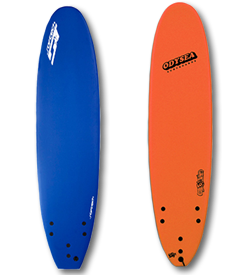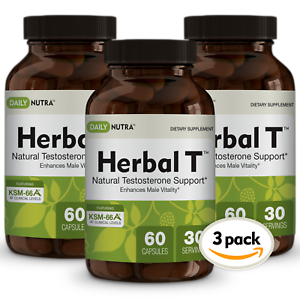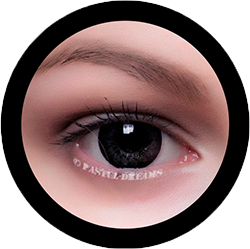
Know more about Surfboard Fins And Their Functions
Surfboard fins arrive in a number of shapes, sizes, and versatility even that suits every surfer browsing preferences. However, one thing is usually common to all of these; each of them has a curved appearance. These precise things may sound easy to you, but in reality, their science and design are very complex.
Early surfboards didn’t have fins even. Surfers utilized to drag one foot in the water to regulate their boards. However, a significant breakthrough occurred in 1935, when Tom Blake presented his “Nub Keel Fin.” After soon, almost every surfboard had been shaped with fins set to underneath of the board. Moreover, styles weren’t given due importance before the 1990s. Today, they have grown to be the number 1 surfboard item with many manufacturers, such as for example FCS and Future Fins, leading the way.
Basically, there are just two types of fins found in Soft Surfboard , the glass- about and the removable types. The just difference between your two is that detachable types could be taken off underneath of the surfboard anytime and can be changed with a different arranged. Glass-on types, however, are fixed and can’t be detached.
An adaptation to both of these types is soft fins, most applied to rental boards commonly. The reason being they are safer for newbies to use as they usually do not cut or damage your body. Unlike fiberglass glass-on and detachable types, gentle fins are known never to perform as well with most professional surfers refusing to trip them.
The performance properties of surfboard fins are reliant on their style and specific measurements. Some basic elements of a surfboard fin consist of its depth, base rake, and length.
Depth
The depth of a surfboard fin is its measurement from the bottom of the surfboard to its tip. It determines how deep it switches into the drinking water. This feature is usually what keeps the surfboard to the drinking water when it moves, turns or pivots, referred to as traction or hold. The more the depth is usually, the even more controllable the surfboard is definitely, most importantly, when turning.
Base Length
The bottom of a surfboard fin may be the part that connects with the facial skin of underneath of a surfboard. Additionally, it is the widest part. This right part determines just how much speed and drives the fin can donate to the board. The longer the bottom length is, the even more speed and drive the board shall have. Thus, if you want more swiftness, choose fins with long bottom lengths. They are extremely effective.
Rake
The Rake also referred to as “sweep,” maybe the angle created between your back portion of the base (the area of the bottom closest to the tail of your surfboard) and the end of the fin’s offset and has nothing in connection with rake we commonly use inside our gardens. The smaller the position of the rake, the more drive does it provide; however, the surfboard becomes tougher to go. Consequently, when the rake position is greater, the board could make tighter turns with a sacrifice in velocity.

The Fin Setups and their Uses
Now let’s consider the selection of fin setups you may choose from.
The single fin is the original setup and is used in longboards commonly. Compared to other setups, single fins are often wider and longer, making the board more stable and controllable even with just one fin.



